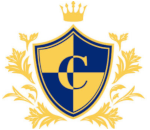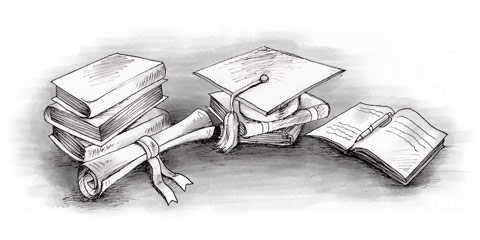Primary education in India
Availability of primary schools in remote areas is still limited leading to anomalies in student teacher ratios. In addition, teacher trainings have not yet been unified in India which makes getting a competent teacher for your child like playing the lottery. Although the situation is improving, it will take decades before the quality of India’s primary education system reaches Western levels.
Secondary education in India
Secondary education in India includes the two year high school as well as vocational colleges. The main focus of secondary education centres is on the preparation for certain professions.
Even though high schools and colleges face the same problems as primary schools, their quality of education is significantly better. This is mainly due too the fact that experienced professionals from Indian companies and universities are called to teach at secondary schools on a regular basis. Their experiences often compensate teachers’ lack of knowledge. However, even fewer children than at primary schools are able to attend secondary schools in India.
Admission requirements in India
Which pre-requisites need to be fulfilled before you can enrol your child in an Indian school is hard to find out as there are four independent school boards responsible for different regions in India. Requirements for the same type of school can even differ even within one state as the jurisdiction of the boards does not match state lines. The four school boards are:
- the state government’s secondary education examination board (SSLC) which regulates the majority of Indian schools
- The Central Board of Secondary Education (CBSE)
- The Council for the Indian School Certificate Examinations (ISCE)
- The National Open School Board
To make things worse, there are further admission requirements defined by each school individually. You will have to find those out yourself at the respective school. Newspapers also provide admission requirement information of local schools.
Indian schools usually have entrance exams which take place between September and December. The exact dates of these exams differ, again, among schools and can also be found in local newspapers.
For admission you will have to fill in forms provided by your desired school.
School tuitions in India
Even though public schools are free of charge, you will have to pay for books, lunch and exams, including the entrance exam, and as a foreigner you are expected to contribute to sports or building funds for your school. These funds are tantamount to demanding a bribe and it is not clear whether your money is actually used to improve schooling. However, if you want to keep your child’s chances of admission you should simply pay.
Despite the chaotic situation of admission at Indian schools, transition between them is fairly easy. Final exams at the end of each school are, more or less, equal and your child should not encounter problems at the new school. Only the different quality of individual teachers may be something your child needs to adapt to. The final exams of all boards at the end of high school allow students to apply for a degree program at any Indian university.


